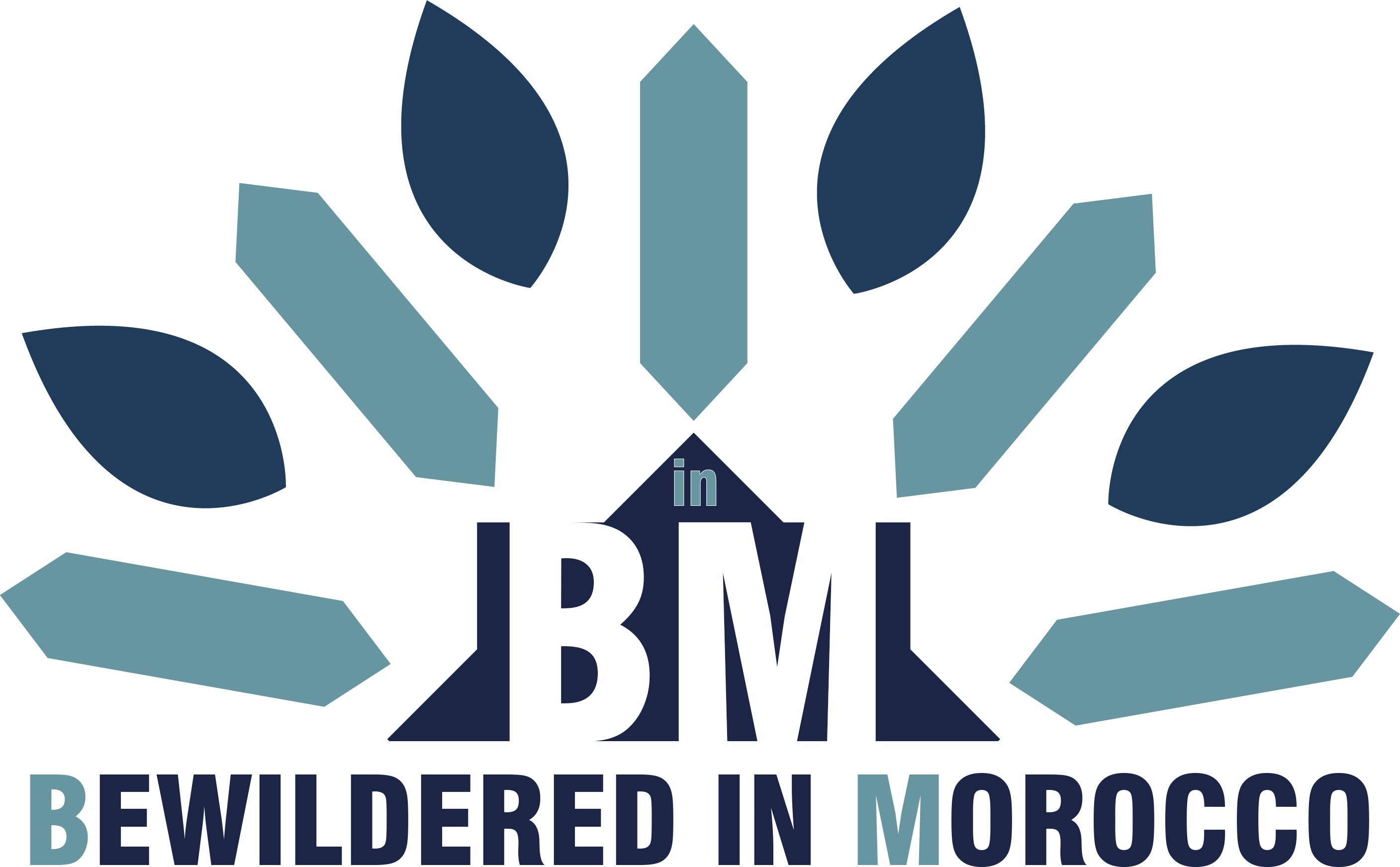Everyone talks about Marrakech, Casablanca, and Tangier. But here's what most travelers miss: Morocco has incredible cities with rich history, unique character, and opportunities that rarely get mentioned. After years of exploring this country, I've discovered five underrated Moroccan cities that deserve your attention—whether you're planning a visit, considering a move, or simply want to see Morocco differently.
These aren't your typical tourist stops. They're places where life moves at a gentler pace, where costs remain reasonable, and where you can experience authentic Moroccan culture without the crowds. Let me take you on a journey to five cities that might just surprise you.
Oujda: Morocco's Forgotten Eastern Gateway
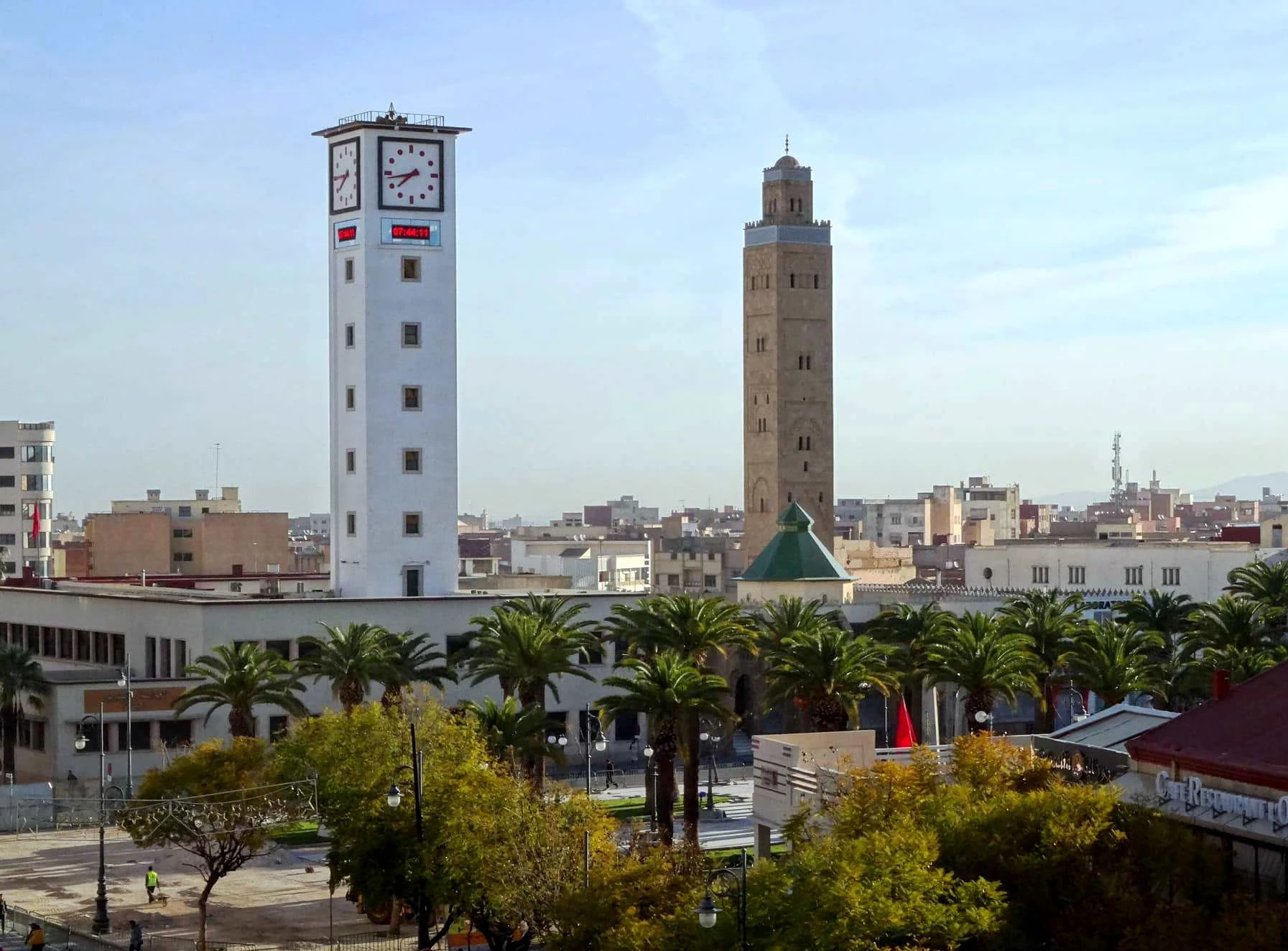
When was the last time you heard someone mention Oujda? Almost never, right? Even when discussing Morocco's major infrastructure projects, this eastern city stays off the radar. Yet Oujda carries over ten centuries of history as a strategic crossroads between Morocco, Algeria, and Europe.
Walking through Oujda, you'll feel the blend of Arab, Berber, and Andalusian influences in its architecture and heritage. But what really sets this city apart is how livable it remains.
Why Oujda Stands Out
The cost of living here is remarkably low—something that's become rare in Morocco. You can rent a three-story house (R+2) for around 3,000 dirhams monthly. Think about that. Try finding similar housing in Casablanca or Tangier at that price. It's nearly impossible.
Everything costs less here: groceries, transport, local restaurants, even schools. For retirees or anyone wanting to settle in Morocco on a modest budget, Oujda offers serious value.
I'll be honest—the local economy isn't booming like Casablanca or Tangier. The closed border with Algeria limits some commercial exchange. But that's also why the potential remains enormous. So much here waits to be developed.
Location perks: You're just kilometers from Saïdia's Mediterranean beaches and near Berkane's agricultural regions. The area around Oujda holds resources that haven't been fully tapped yet.
If you're seeking authentic Morocco away from tourist clichés, Oujda is a genuine gem. For those on tight budgets, keep this city in mind—its exceptionally low living costs have become increasingly rare across Morocco.
Tétouan: The Andalusian Pearl Living in Tangier's Shadow
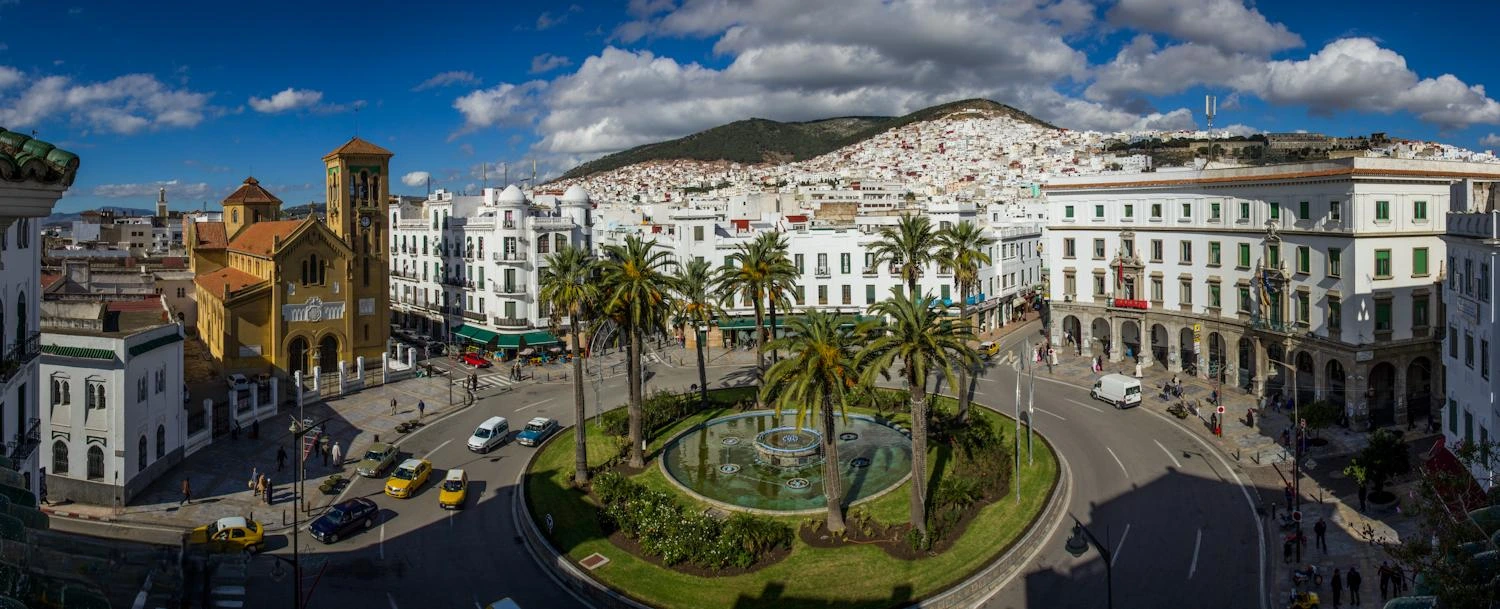
Everyone rushes to Tangier for its ports, free zones, and major development projects. Meanwhile, just next door sits a treasure that most people overlook: Tétouan.
This small city of about 400,000 people nestles between the Rif Mountains and the Mediterranean. After the Reconquista, many Andalusian families settled here, leaving their mark on the white-walled architecture and the medina—now a UNESCO World Heritage site.
An Andalusian-Moroccan Identity
Strolling through Tétouan feels different from other Moroccan cities. The Andalusian-Moroccan identity creates something special. Yet despite this rich heritage, Tétouan remains far less touristy than Tangier or Chefchaouen.
This has direct advantages. A one-bedroom apartment rents for around 2,000-2,500 dirhams monthly. Markets, transport, daily life—everything costs significantly less than in major cities.
The local economy relies mainly on small commerce, handicrafts, and some domestic tourism. Areas like Tétouan Shore are developing to attract services and businesses, though the city doesn't match Tangier's dynamism. Many young people leave for work elsewhere.
But here's the thing: that's exactly why Tétouan remains undervalued.
Personal reflection: Tétouan is one of those underrated Moroccan cities where I could genuinely see myself living. The pleasant climate, peaceful rhythm, sea at Martil just minutes away, Rif Mountains as backdrop—it's a rare balance. A historic city, affordable cost of living, and nature within reach.
Could you live in Tétouan, or do you see it more as a vacation spot?
Chefchaouen: Beyond the Blue Walls
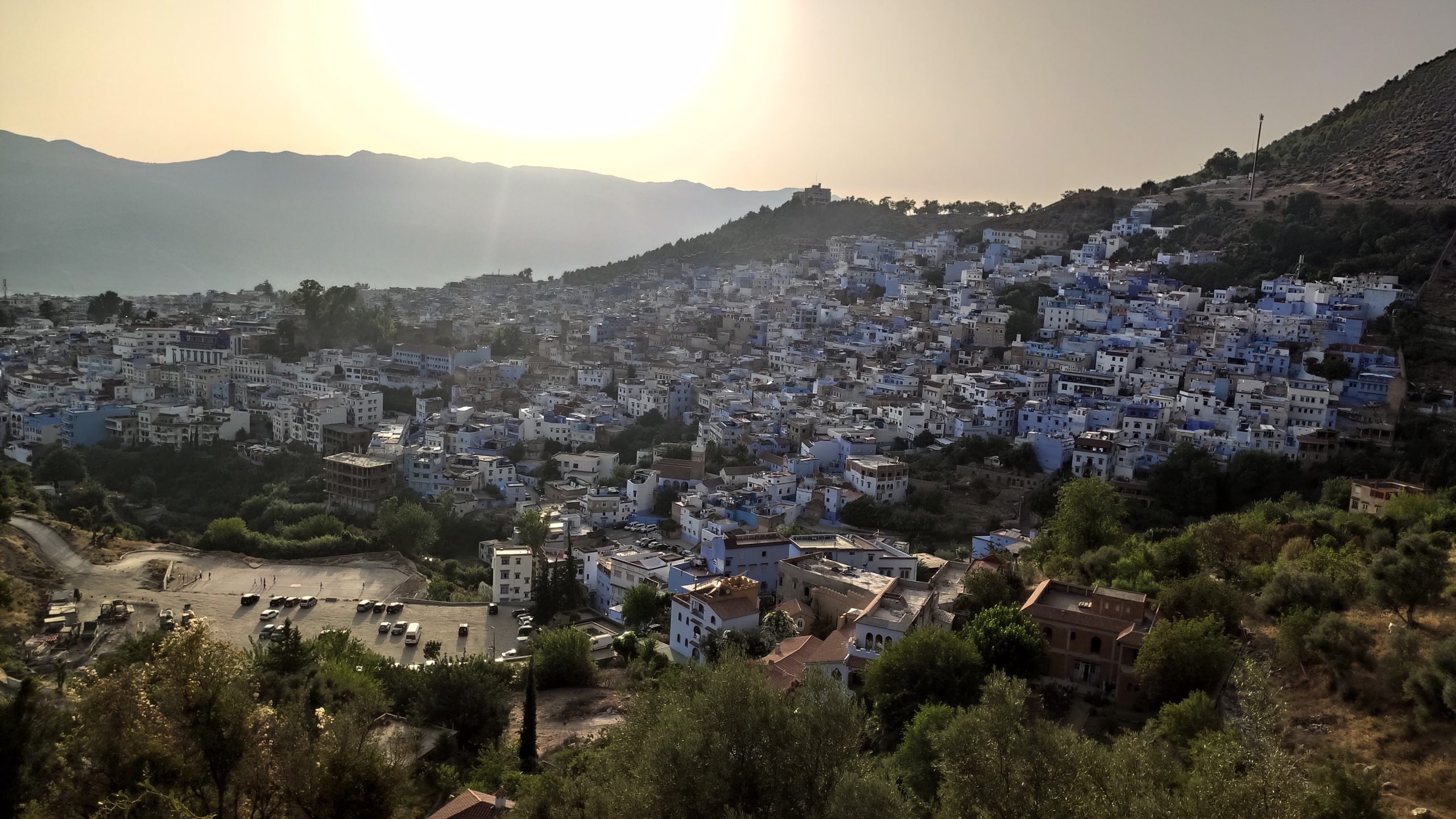
You've definitely seen Chefchaouen on Instagram—the famous blue city. But here's why it made my list of underrated Moroccan cities: Chefchaouen is far more than a tourist postcard.
Yes, those blue streets attract thousands of visitors yearly. But living in Chefchaouen? That's a completely different experience.
Mountain Life With Character
This small city sits nestled in the Rif Mountains with a milder climate than most of Morocco. The atmosphere feels peaceful, almost timeless. You wake up to mountain views, drink your coffee surrounded by postcard scenery—and the cost of living remains very reasonable, especially off-season.
You can find houses for long-term rent under 2,500 dirhams monthly. Most properties go for short-term rentals, as you'd expect, but some owners prefer long-term tenants to avoid issues with short-stay guests. Since few people seek year-round rentals, prices stay surprisingly low.
Daily life here has its own rhythm. Local souks where everyone knows each other, markets with fresh regional products, and a much slower pace than big cities. It's perfect for anyone wanting to slow down, raise a family peacefully, without big-city pressure.
The reality check: Chefchaouen is small. The economy isn't highly developed, and professional opportunities are limited. You won't build a traditional career here.
But for quality of life and tranquility? Exceptional.
Ideal for Remote Workers
This city works beautifully for digital nomads, online shop owners, or anyone who can negotiate remote work with their employer. Personally, I think Chefchaouen is ideal for extended stays beyond simple vacations. Spend a few weeks, settle into local rhythms, and you'll understand why this city is special.
El Jadida: The Coastal City That Deserves More Attention
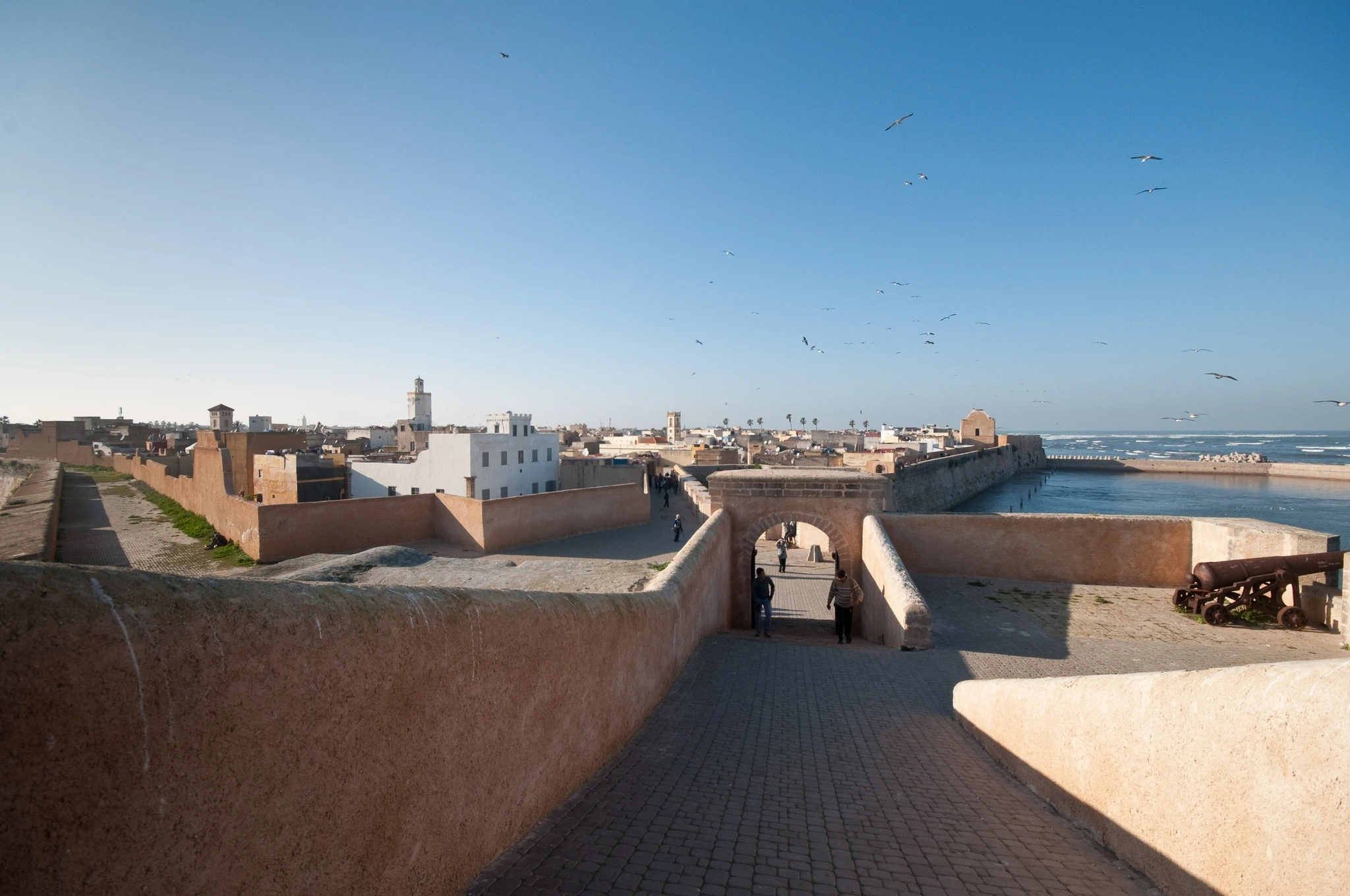
Let's head down to the Atlantic coast to discuss a city that stays too often in Casablanca's shadow: El Jadida.
Just one hour from Casa, El Jadida is a port city with unique heritage. Its old Portuguese city—also UNESCO-listed—features ramparts, an impressive cistern, and an atmosphere blending Moroccan and colonial influences. This city has real identity but never gets promoted like Marrakech.
Seaside Living Without the Chaos
For actually living here, El Jadida offers excellent compromise. You're by the sea with vast beaches, much calmer than Casablanca's. The pace is more relaxed, and rents remain far more accessible.
The economy relies primarily on the port, surrounding agriculture, and some tourism. You'll also find the Jorf Lasfar plant—one of Morocco's largest industrial and port complexes—bringing economic activity to the area.
Despite this, El Jadida stays tranquil. Life doesn't run on stress here.
Important note: If your children suffer from humidity or have asthma, this might be challenging.
Honestly, this city surprises you when you stay a few days. You're close to Casa but without traffic jams, pollution, or constant noise. Brave souls even work in Casablanca while living in El Jadida if daily commutes (about 1.5 hours each way) don't bother them.
This place has potential both for settling and investing, as prices remain relatively low for a coastal city—though they should rise over time.
Dakhla: Morocco's Southern Frontier

When people hear "Dakhla," they think immediately of surfing, kitesurfing, pristine beaches, and turquoise lagoons. Dakhla is indeed a paradise for water sports enthusiasts, recognized worldwide.
But what many don't realize: Dakhla isn't just a tourist destination. It's a city in full development with enormous potential still to be built.
A City of Opportunity
Today, Dakhla has about 200,000 residents and you can feel particular energy here. The government invests massively in infrastructure, the port is expanding, and the city attracts investors and entrepreneurs globally. For anyone paying attention, it's a young city where everything remains to be done—and where opportunities abound.
There was a time when political questions about the Sahara made things uncertain. But today, thank God, there's global consensus. The matter is settled. (I made a video about my Dakhla stay several months ago.) It's a secured city with Moroccan flags everywhere and a thoroughly Moroccan population.
The city develops rapidly. The express road connecting it to northern Morocco has been functional for months, facilitating economic exchange by road.
Quality of Life in the South
Life quality here is quite unique. You have ocean all around, mild climate almost year-round (though fairly windy), and a much calmer rhythm than northern cities.
Rents remain very low, as you might guess. You can find apartments for 2,000-3,500 dirhams monthly, sometimes less.
The honest truth: Dakhla is far—very far. Over 1,500 kilometers from Casablanca. Flights become essential if you want to travel regularly. Professional opportunities remain limited unless you bring your own project or business.
But that's also what makes it special. It's a future city, not yet saturated, where those settling today can seize enormous opportunities tomorrow.
I recommend this city to anyone wanting to work in tourism. Settle here and develop activities around Dakhla. The potential is extraordinary.
Finding Your Perfect Moroccan City
These five underrated Moroccan cities—Oujda, Tétouan, Chefchaouen, El Jadida, and Dakhla—each offer something unique. Whether you're drawn to mountain serenity, coastal living, or frontier opportunities, Morocco has hidden gems beyond the famous destinations.
The beauty of these places lies in their authenticity. They haven't been overwhelmed by tourism or overdevelopment. Life costs less, moves slower, and feels more genuinely Moroccan.
Your turn: Which of these cities appeals to you most? Could you imagine living in any of them, or do they sound more like places to visit? Have you been to any of these underrated Moroccan cities? Share your thoughts and experiences in the comments below—I'd love to hear which one captured your imagination!
